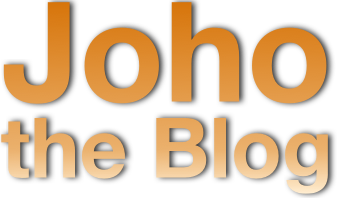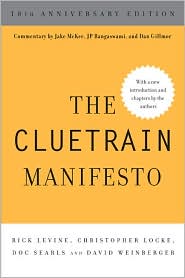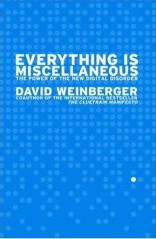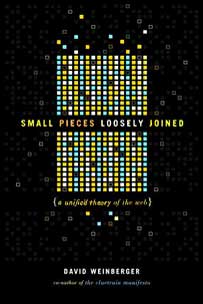June 10, 2015
Anti-circumvention, 18th century style
The 1998 Digital Millennial Copyright Act (DMCA), among other restrictions, makes it a criminal act to try to figure out how a software program works if it uses copyright protections (typically some form of Digital Rights Management). (The Berkman Center’s Digital Media Law Center has an excellent explanation of this.)
There are exceptions and exemptions, but it overall it is symptomatic of government’s prioritizing private business interests over public learning.
David S. Landes’ fascinating book, Revolution in Time, mentions an early case of DRM and an attempt at an anti-circumvention policy (pp. 172-5). It is literally a case: a watch case.
As Landes tells it, at the end of the 18th century, the most noted pioneering clockmaker was John Arnold. Arnold, the son of a watchmaker, rose rapidly, even presenting King George III in 1764 with a clock so small that it fit into a ring. But from around 1781, he began to run into a young upstart named Thomas Earnshaw. Earnshaw had invented a spring detent escapement (illustration) that proved to work better than Arnold’s, and would eventually replace it.
Arnold’s detent.
Arnold introduced a spring detent remarkably like Earnshaw’s remarkably soon after the latter introduced his, leading Earnshaw to think that Arnold had copied one of his early models. There were means, motive, and opportunity, for Earnshaw had been forced to disclose his innovation in order to try to raise the hundred pounds required to patent it. One of the people he showed it to was Thomas Wright, watchmaker to the King. Arnold had asked Wright for access to one of these prototype models on the grounds that Arnold had already applied for his own patent. Wright provided it.
Writes Landes:
When Earnshaw heard of this, he was furious. Wright defended himself by saying that he had not given Arnold permission to open the watch and had protested when he did: “Mr. Arnold, I will not have the watch opened.” To which Arnold had haughtily replied by asking if anyone in Wright’s shop knew how to make a watch anyway and then answered his own question by saying that “so far from being able to make a watch, none of them knew what o’clock it was.” This insolence was enough to provoke even a theeing-thying Quaker. “Mr. Arnold,” said Mr. Wright, “it does not signify whether I can make a watch or not, I don’t fear getting plenty of employee at mending thine, and if the watchmakers do not know what o’clock it is they can know by going to Greenwich for it as thee does.”
Nothing like #QuakersTalkingSmack.
In any case, it’s a new millennium and time for a copyright act suited for that new millennium.








